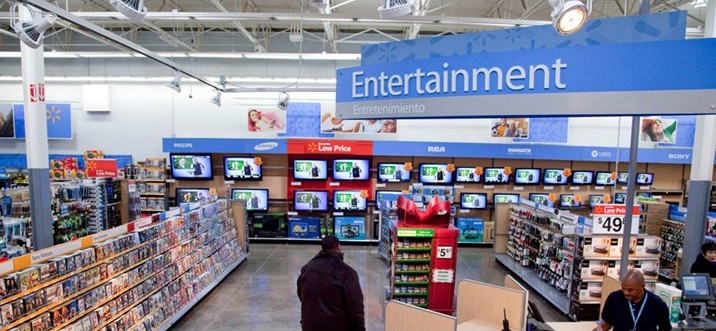Reader Gene was the first to let me know that Simon cards stopped working for purchasing money orders at Safeway late last week. It’s the next major in-person liquidation method to fall for Metabank / BHN gift cards, which obviously (as the kids say) sucks.
Background
Metabank/BHN Visa and Mastercard gift cards are some of the easiest cards out there to get at a discount or to buy in bulk, either through Office Depot/Office Max sales, Staples sales, or Simon volume plays. It used to be really simple to liquidate them in person by loading to a prepaid card like BlueBird or converting them to a money order. Unfortunately, that’s been changing over the last year or so:
- Most Wal-Mart registers stopped accepting Metabank debit swipes over $99 in November of last year. (hint: most)
- Many Kroger registers stopped accepting Metabank debit swipes over $99 at the same time. (hint: many)
- As of late last week, Safeway stopped accepting Metabank debit swipes, probably also with a $99 cap. (see above)
Why Now?
Why are major grocery stores clamping down on this? I can think of two reasons, one for each side of the transaction, but in the end both are really just about controlling profit.
First let’s tackle the grocery side with some background information: Prepaid debit card transaction fees are split into two tiers, covered and exempt, each with its own rate. As with most regulation there is nuance to that definition and the fee structure, but it’s not particularly relevant here. What you should know is banks with less than $10 Billion in assets (like MetaBank at approximately $7 Billion) have a higher interchange fee than larger banks. That smaller bank fee is published at somewhere around 1.15% + $0.15. Yes, there is a cap for supermarket transactions, but usually money centers at supermarkets don’t code as a supermarket transaction because they’re, well, money centers.
So when you swipe a $500 prepaid MetaBank gift card to buy a money order for $499.02 the store may be paying somewhere around $5.90 in fees, but charging you less than $1 for the transaction. Ouch. That’s plenty of reason for major retailers to want to shut down prepaid cards from MetaBank when they happening at volume.
Ok, so what about the other side? Why would MetaBank want to shut this down? That’s an easy one. They’re collecting somewhere between $0 and $5 in purchase fees from you, and that number is probably closer to the $0 end after sales commissions, shipping, and other ancillaries are accounted for — so those don’t have a big impact on revenue. They make their money from collecting their portion of interchange fees when you spend on the card. Those fees for a credit swipe are going to be around 2% of the total purchase price or better, vs at best 1% when all is said and done on a debit transaction. By blocking debit transactions they’d approximately double their net revenue.
Where Do we Go From Here?
All isn’t lost with these cards, but the game is a little harder. Here’s how to pivot:
- There are Visa and Mastercard prepaid issued by bigger banks (like say US Bank) that have more assets and thus are on the lower fee tier for interchange rates. As a result, I think supermarkets and Wal-Mart have a much smaller incentive to care about money order purchases with those cards and thus they’re a safer bet for MS.
- Plenty of mid-tier grocery stores still work just fine. We’ve talked about several of them on this site before, but certainly look around your area and you’ll probably find others. Don’t let the lack of a name printed on a debit card stop you either.
- Certain prepaid products (not unlike GoBank) will still accept Metabank cards even though they won’t work to buy a money order.
- Look for at home liquidation techniques; try payment processors, bill pay platforms, p2p platforms, etc.
- Explore other techniques that don’t rely on Visa and Mastercard gift cards: buyer’s clubs, gift card reselling, review clubs, bill pay platforms, p2p platforms, social lending, coins, etc.
There are a ton of plays out there friends, keep looking!
